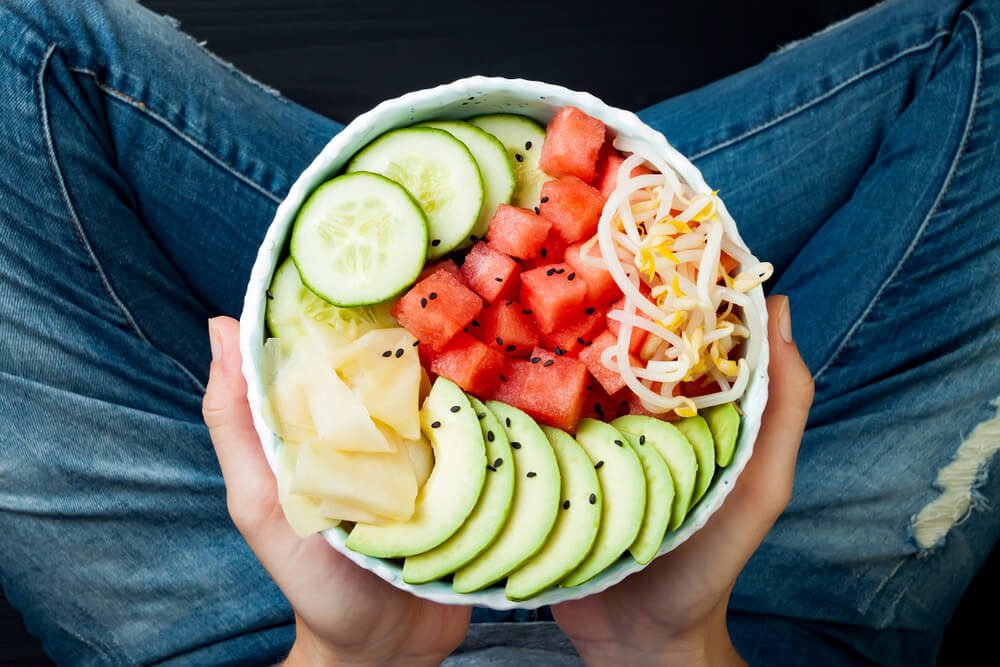
What is the DASH diet?
The DASH diet—short for Dietary Approaches to Stop Hypertension—is a healthy-eating, heart-conscious plan that aims to treat or prevent high blood pressure by lowering sodium intake and increasing the consumption of nutrient-rich foods. Following this diet can lower your blood pressure in two weeks; over time, your systolic blood pressure could drop as much as 14 points. (Systolic pressure, the first number in a blood pressure reading, measures the pressure when your heart is contracting.) This approach to eating is also in line with dietary recommendations that help prevent osteoporosis, cancer, heart disease, stroke, and type 2 diabetes.
Find out how to control these risk factors for heart disease.
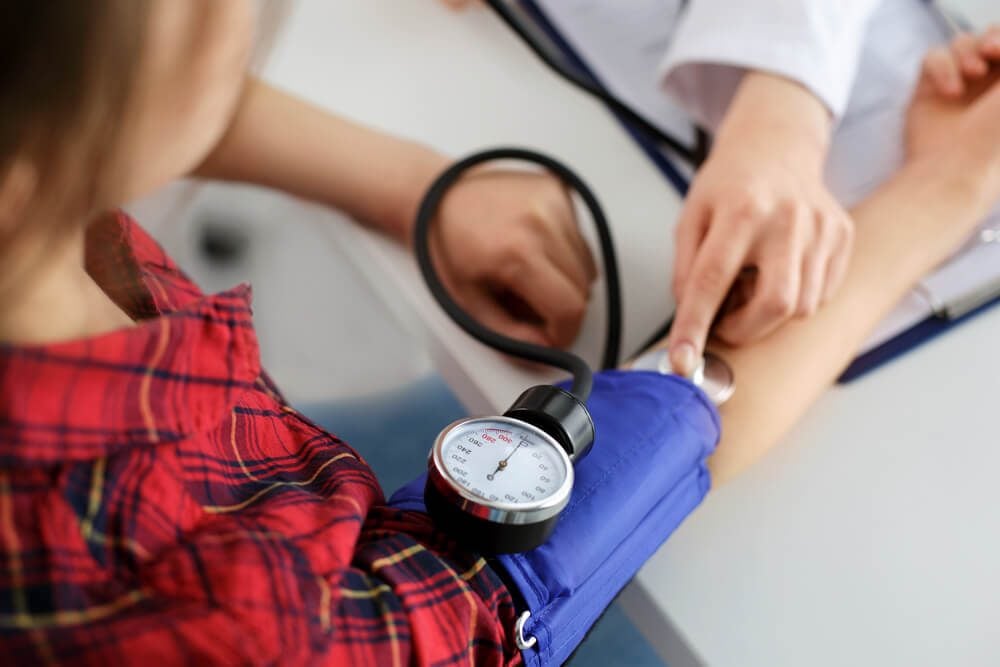
How does it lower blood pressure?
For starters, cutting back on salt can work some serious magic. But in addition to that, the DASH diet—with its focus on vegetables, fruits, low-fat dairy, and lean proteins, as well as on portion control—cuts down on foods that contain unhealthy fat and cholesterol and increases foods with fibre and protein. The diet also delivers foods high in potassium, calcium, and magnesium, all of which help to lower blood pressure.
Check out these natural remedies for high blood pressure.
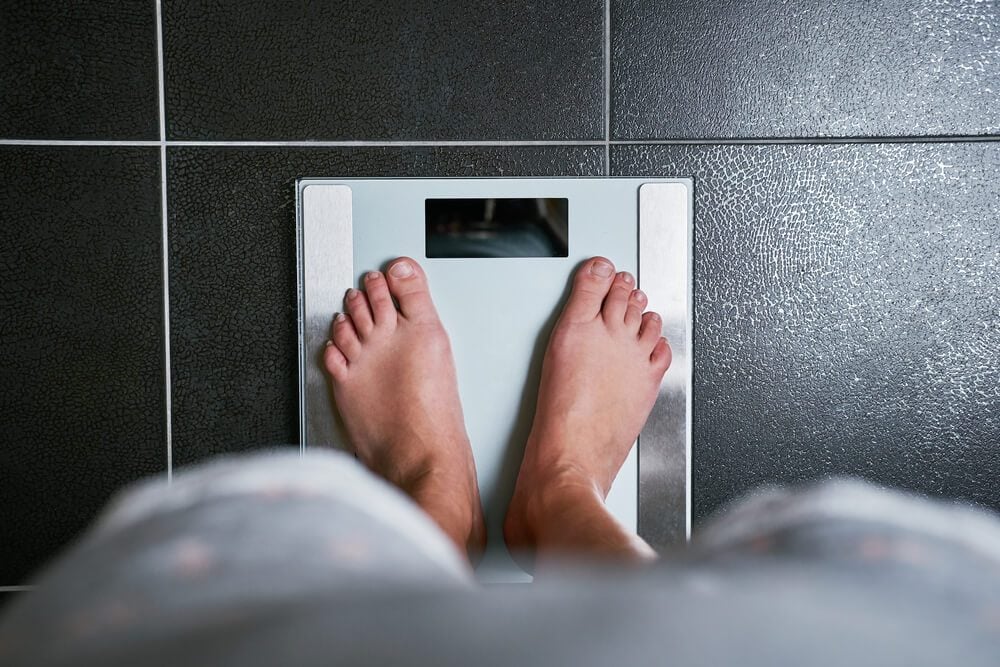
Is it good for weight loss?
The short answer: Yes. The slightly longer one: This “diet” wasn’t intended for weight loss, though you will see losses as you eat healthier food, especially if you specifically design your daily meal plan with fewer calories. One study found that adults who followed the DASH diet lost more weight in a span of 24 weeks than those who adhered to other low-calorie diets.
Consider trying these proven weight loss tips from The Biggest Loser.
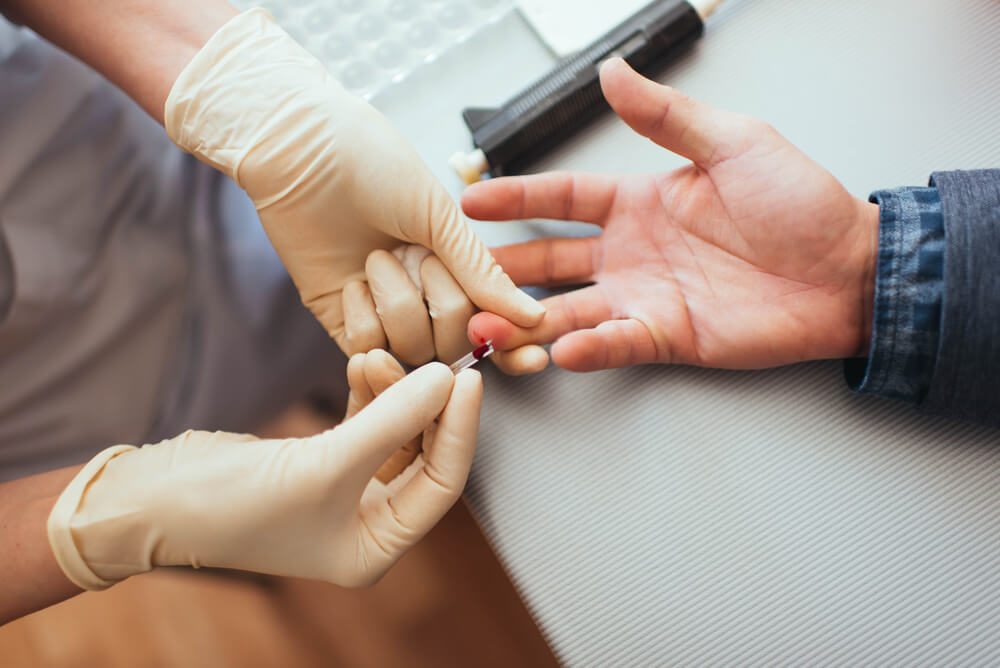
Are there any other benefits to following the DASH diet?
Aside from lowering blood pressure, the DASH diet can lower cholesterol levels, as well as reduce your risk for cancer, metabolic syndrome, type 2 diabetes, and heart disease. According to research from Rush University Medical Center, it’s also associated with a decrease in your risk of developing depression. The researchers emphasized that more studies are needed to confirm this benefit.
Lower your cholesterol by adding these heart-healthy foods to your diet.
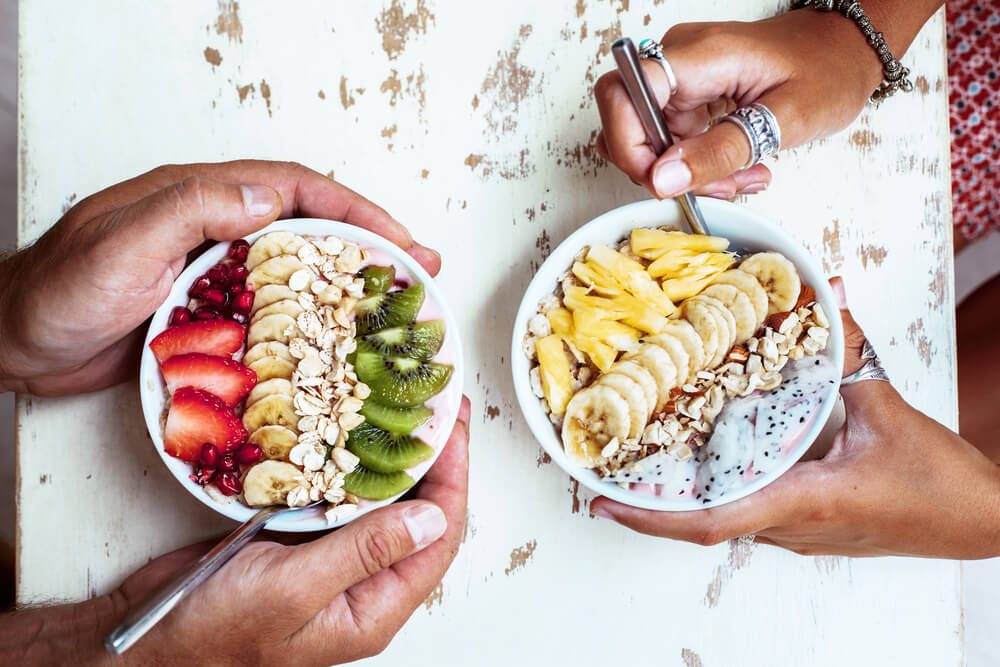
So what exactly will I be eating on the DASH diet?
Instead of outlining an approved list of foods, the DASH diet focuses on the number of servings in different food groups. That said, you’ll generally be shifting your focus from meats, dairy, and treats to whole fruits and veggies, with the other stuff sprinkled in. What does that translate to for a real meal? If you’re following a 1,600-calorie-a-day diet, your menu might look similar to this sample day:
- Breakfast: 1 cup of oats with some whole nuts, 1/2 cup of berries, and a sprinkle of cinnamon
- Lunch: spinach salad made with 4 cups of fresh spinach leaves, 1 sliced pear, 1/3 cup slivered almonds, 2 tablespoons balsamic vinaigrette; 1/2 cup cooked, chilled quinoa; 1 cup fat-free milk
- Dinner: 3 oz. herb-crusted baked cod, 1/2 cup brown rice pilaf with vegetables, 1/2 cup steamed fresh green beans, 1 small sourdough roll, 2 teaspoons extra virgin olive oil, 1 cup fresh berries with chopped mint, herbal iced tea
- Snack (anytime): 1 cup fat-free, low-calorie yogurt; pumpkin seeds, 1 cup of grapes
Think twice before eating these unhealthy breakfast foods.

What foods do I need to eliminate from my diet?
This probably won’t come as a huge shock to you, but you’ll be cutting back on the guilty pleasure stuff: candy, cookies, salty snacks, soda, alcohol, and processed foods. DASH actually does allow limited sweets, but only about five servings per week. One thing to remember, is that sodium lurks in unlikely places—such as salad dressings, cold cuts, bread, and cereal—so you’ll need to become an expert label-reader.
Cut your salt intake with these low-sodium foods.
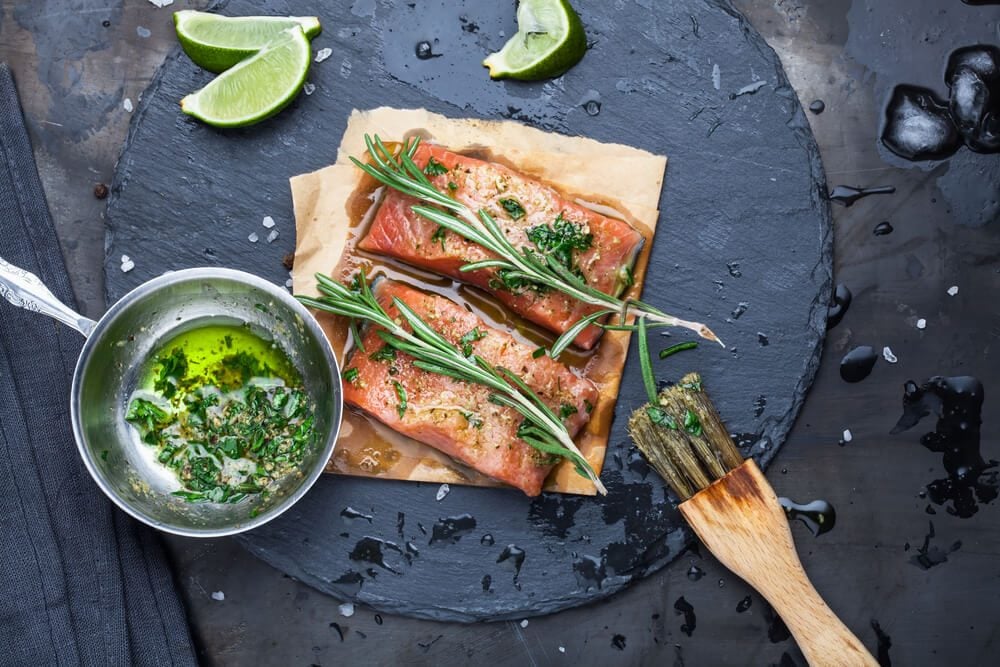
If I’m cutting out salt, how can I add flavour to my meals?
Spices and herbs are great, flavourful substitutes for straight-up salt. Lisa Mikus, RD, a registered dietitian at Laura Cipullo Whole Nutrition Services and co-author of Everyday Diabetes Meals: Cooking for One or Two, suggests these tweaks: “Try adding cinnamon to your oatmeal, cook salmon with lemon and dill, use dried rosemary on potatoes, and cook chicken fajitas with garlic powder and cumin.” While dried-spice blends can be a good addition to your pantry, make sure the ones you choose don’t contain salt.
Learn to spot the signs you’re eating too much salt.
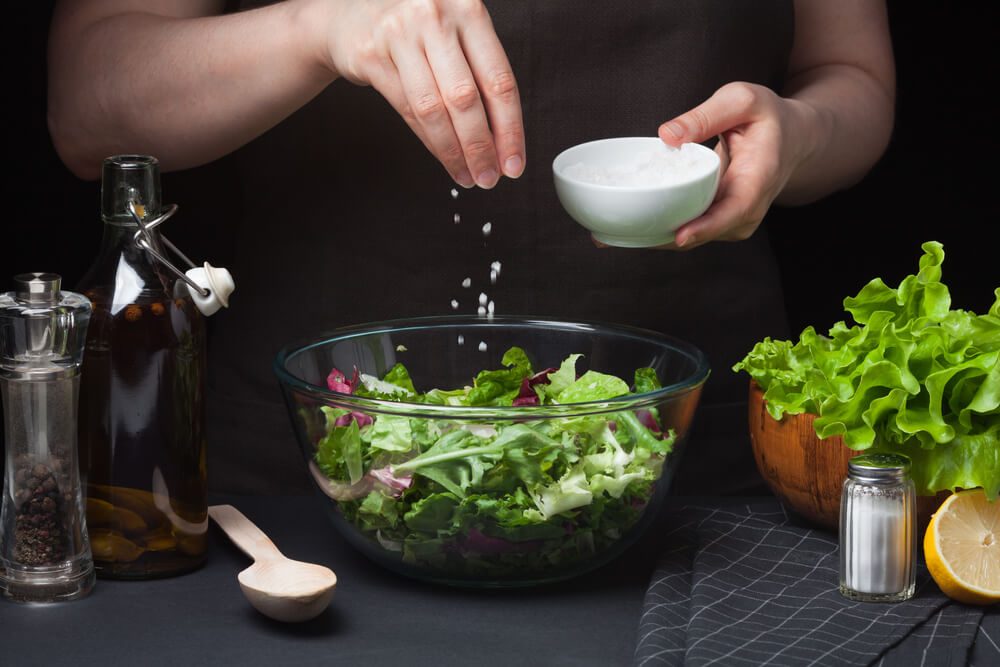
Who is the DASH diet best for?
The DASH diet, which was developed with funds from the National Institutes of Health, is recommended for anyone with high blood pressure or a family history of high blood pressure, heart disease, or stroke. That said, following it—or even incorporating some of its principles—can be good for almost anyone since it’s a healthy lifestyle choice, not a fad diet. After all, if you’re regularly eating out or eating a lot of processed foods, you’re likely consuming too much sodium. And research indicates that aside from the obvious health problems, a sodium-heavy diet could lead to overeating and weight gain.
These are the foods you should never eat raw.

Are there any dangers associated with it?
You need some sodium in your diet, and the standard DASH diet allows up to 2,300 milligrams per day. (The lower-sodium version recommends 1,500.) So make sure you follow the guidelines and don’t go overboard by cutting out all salt. Mikus points out that DASH might not be the optimal choice for high-endurance athletes who sweat excessively or for people with hypotension (low blood pressure) or chronic gastrointestinal conditions in which malabsorption is an issue.
Pack your diet with these metabolism-boosting foods.
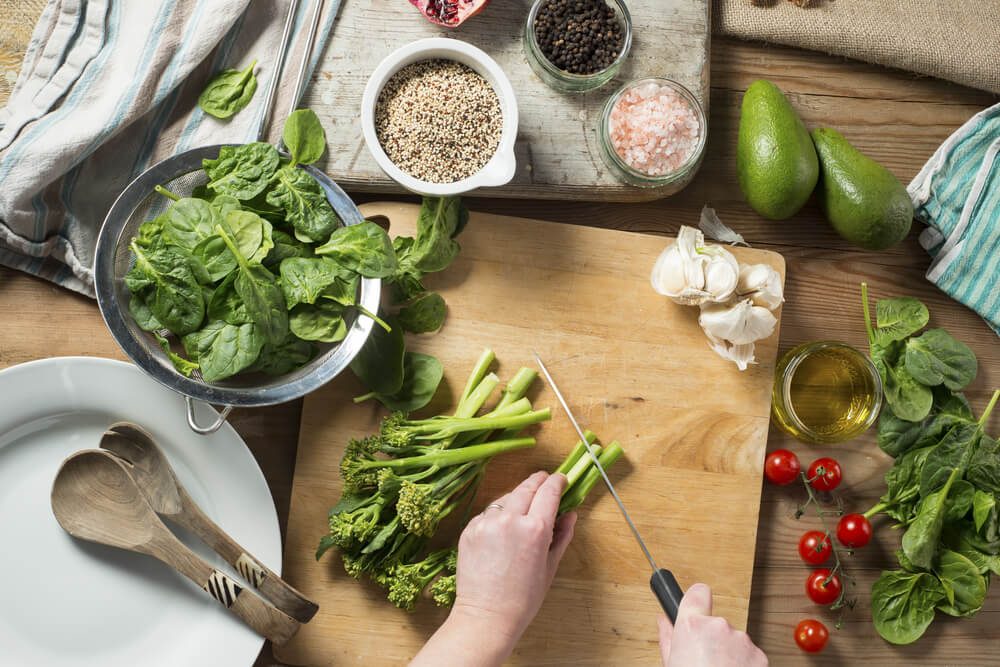
How hard is it to maintain the DASH diet?
On the good, stress-free days when you have the time and energy to cook at home, it’s relatively easy. But as with any diet, there are challenges when you want to grab something on the go or eat at a restaurant. Mikus advises: “Read the nutrition facts panel when available, ask for dressings and sauces to be put on the side, and avoid [food] with words such as fried, battered, or creamed.”
These food facts will change the way you eat.
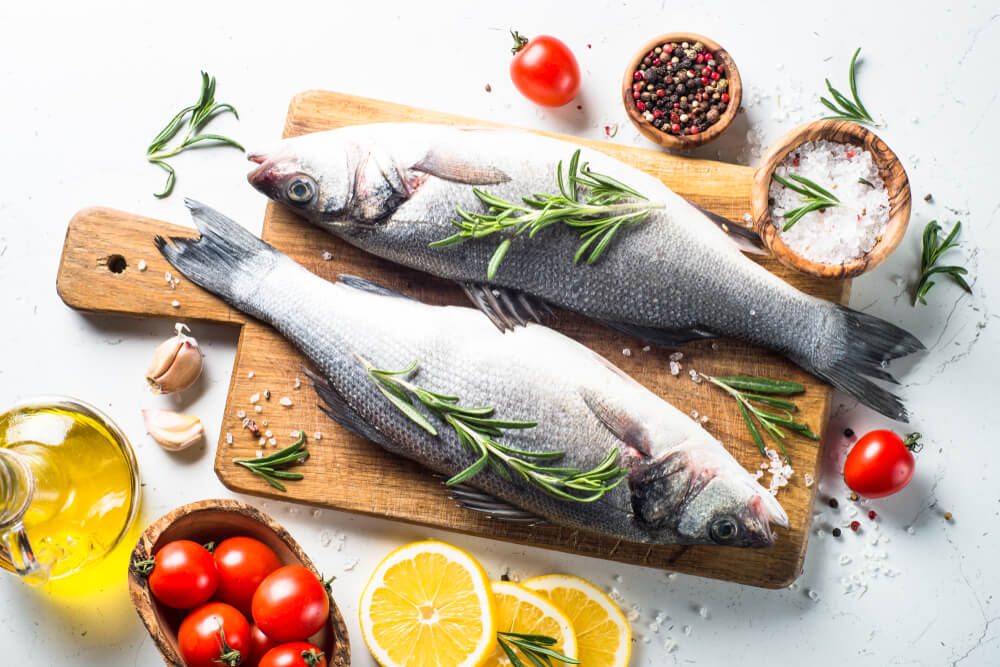
I’ve heard that this is the best diet out there. Is that true?
Many experts consider the DASH diet to be the healthiest overall eating plan, though a wide body of research also points to the effectiveness of the Mediterranean diet. The two approaches are similar in the types of foods they recommend—though the Mediterranean diet adds more healthy fats such as fish and olive oil—and they both lower blood pressure and cholesterol. While the DASH diet is a proven plan, the “best” diet is the one that makes you want to follow it over the long haul.
Next, check out even more of the best foods for your heart.